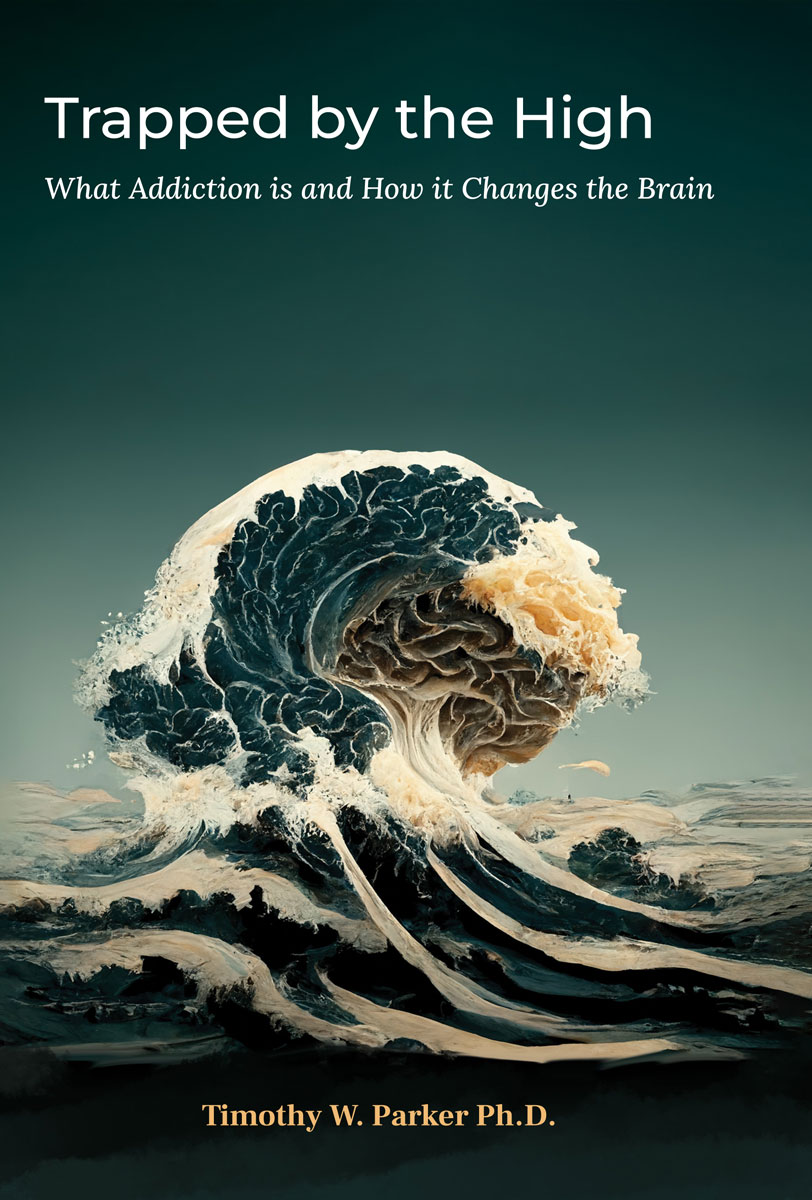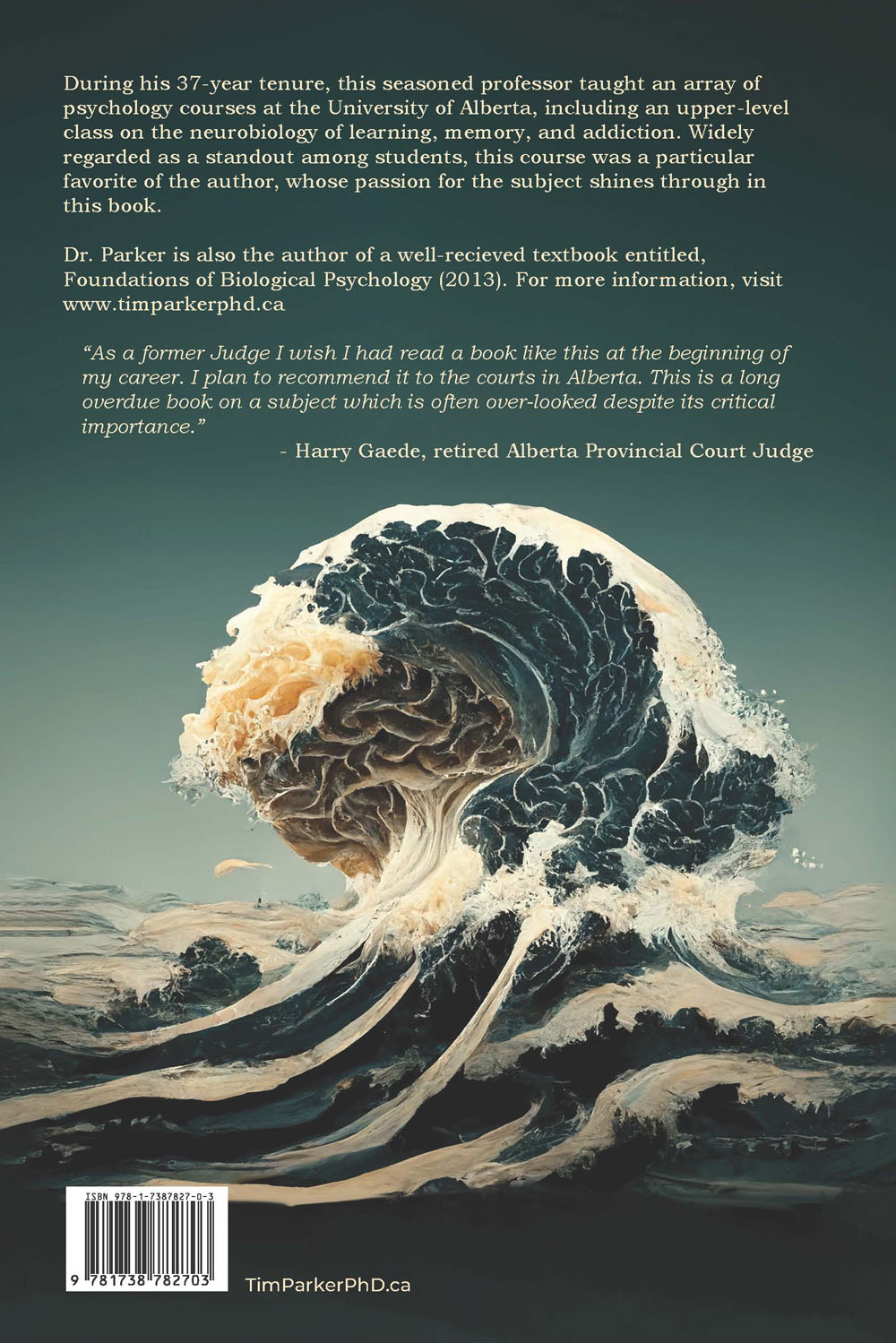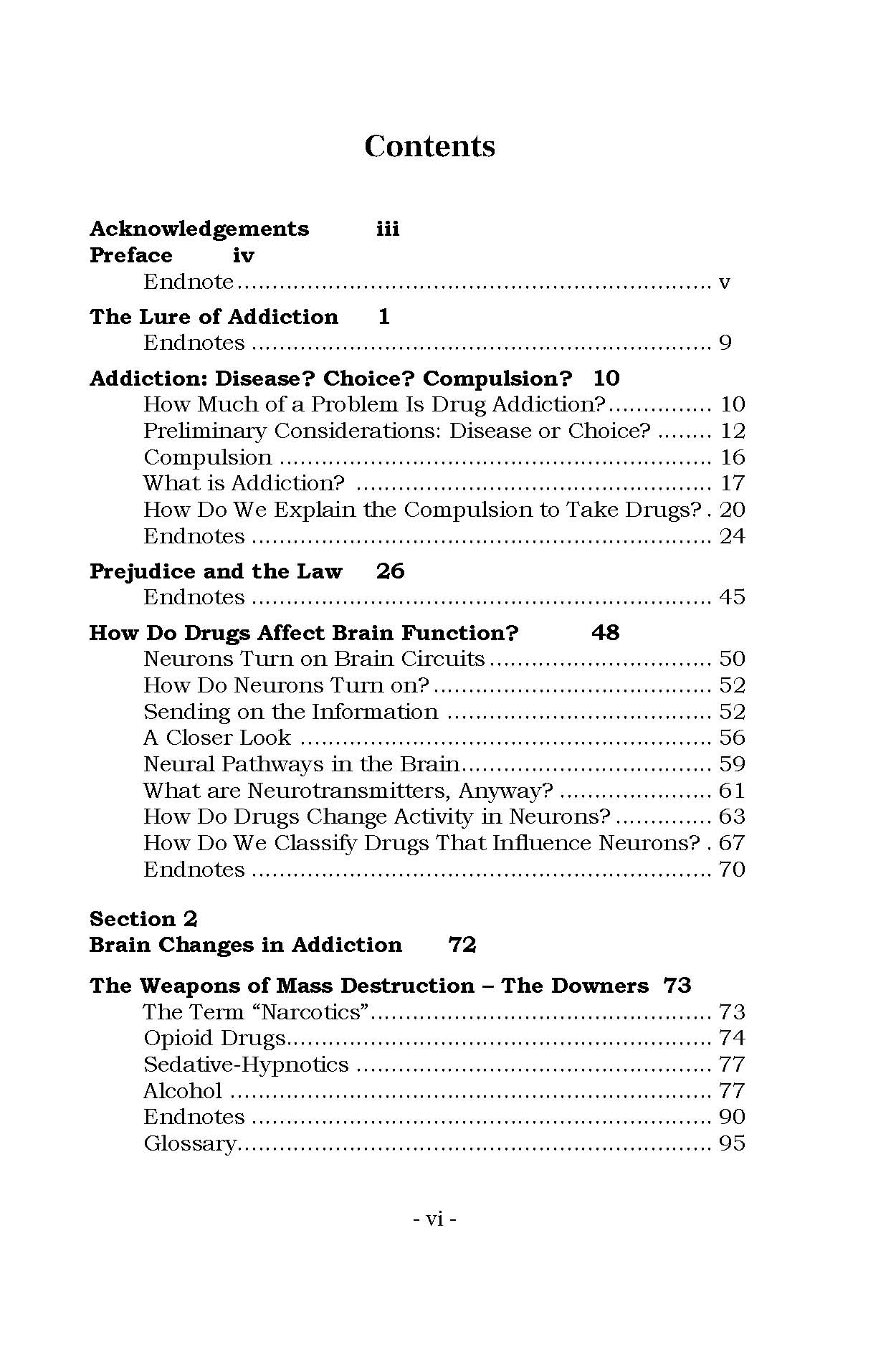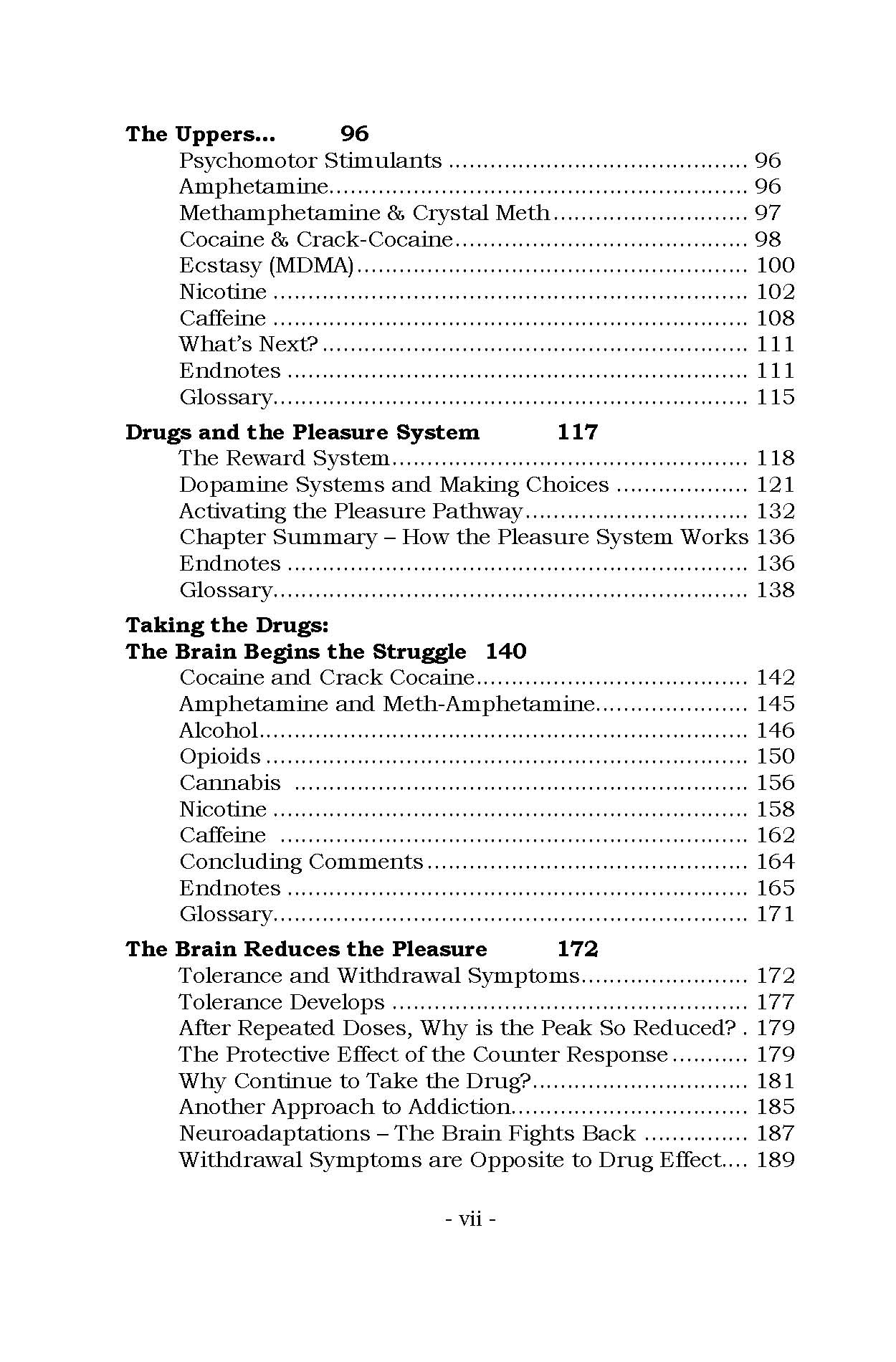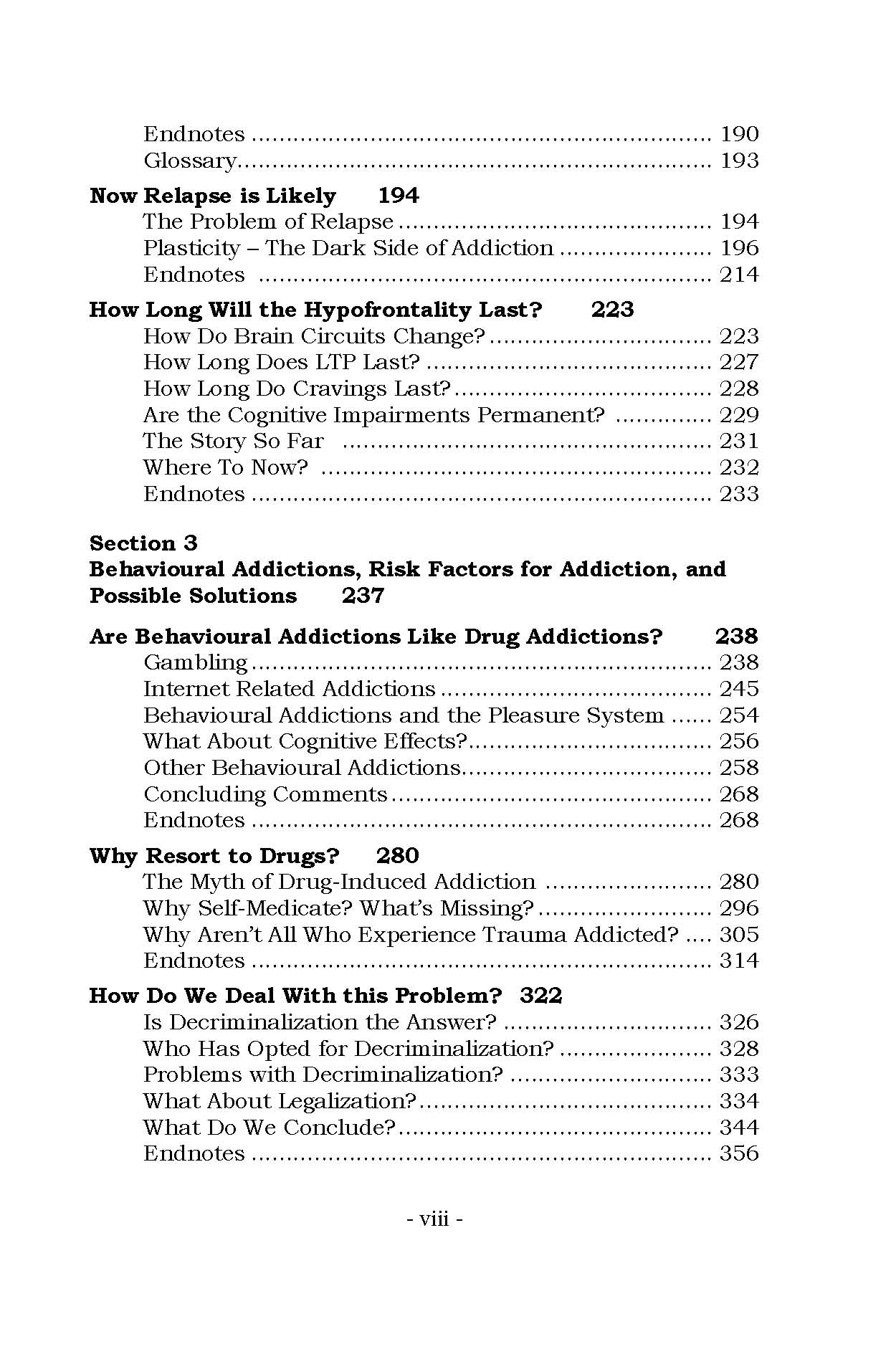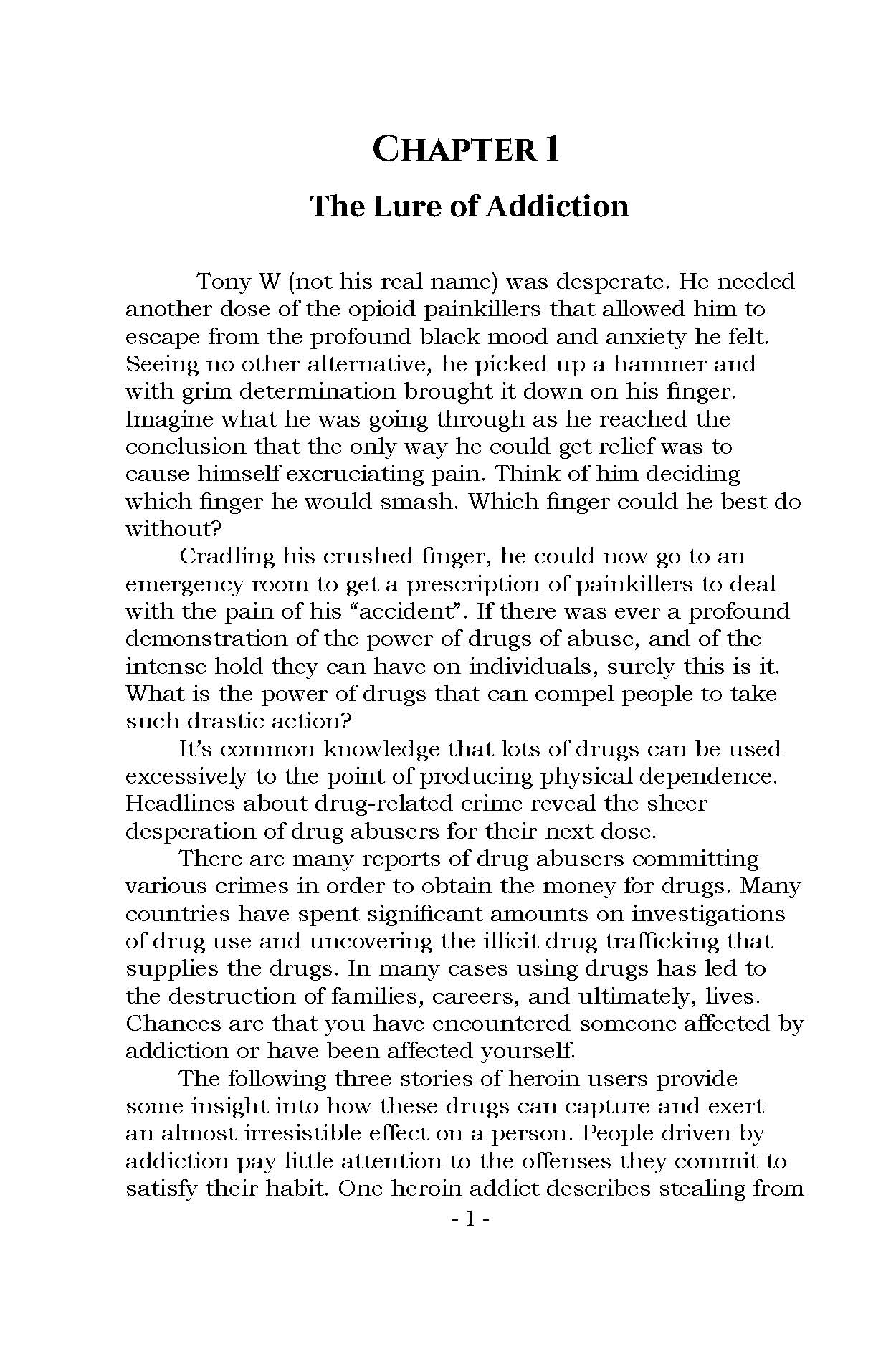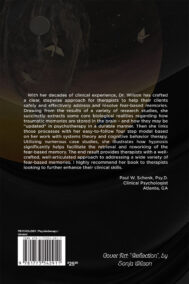Neuroscience studies have shown us how the brain reacts to drug doses and how it changes in response to the drugs that are altering its chemistry.
We know a lot about the effects of these drugs. Many other studies, and news reports have documented the profound effects on the lives of individuals who have misused these drugs.
Their desire for the next dose can promote many kinds of crime and can negatively impact society as a whole.
This book describes how and why the drugs produce brain changes.
Incidentally, it includes a chapter on behavioural addictions, including gambling, pornography, and internet gaming to name a few.
If these are to be seen as true addictions, i.e., they produce similar brain changes to those produced by drugs, then the number of people experiencing addiction increases dramatically.
As such, addiction becomes an even more significant problem for society.
Visit Tim’s blog: timparkerphd.ca
Excerpt from Trapped by the High: What Addiction is and How it Changes the Brain by Timothy W. Parker:
“As the brain is continually assailed by doses of the drug, it learns an important fact. It learns that the repeated attempts to activate the pleasure sense are not going to stop.
At this point, the brain does what it is superbly capable of doing. It adapts to what is now the usual situation. That is, it must cope repeatedly with drug doses.
It has learned all the signs that signal the next dose is coming. In addition, it has enacted counter- responses, not only during each dose, but in the drug-affected synapses, in the form of neuroadaptations, on a more permanent basis.
At this point the brain makes changes in its functioning that characterize the final stage of addiction. The next chapter describes these drastic changes that occur in the brain as it responds to what is now its usual predicament.”

